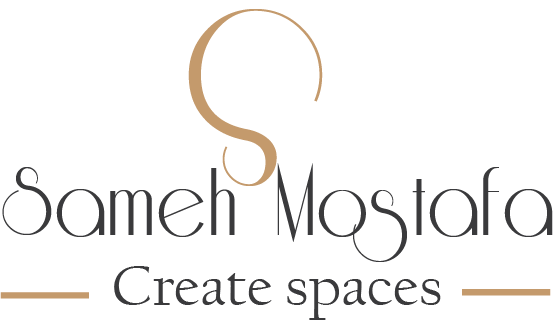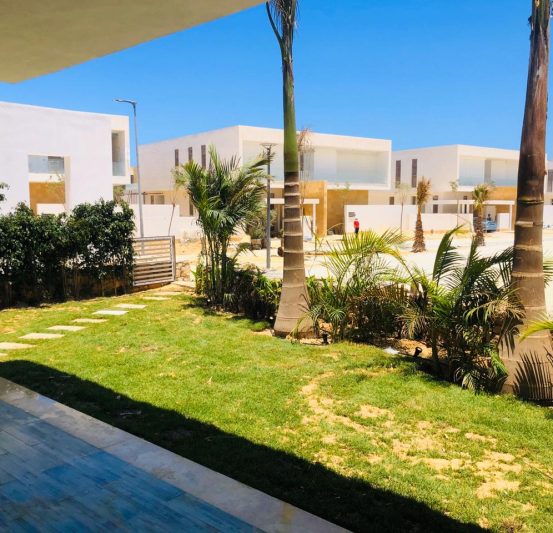Lighting Design
Lightning
Lighting design is a crucial aspect of interior design that enhances aesthetics, function, and atmosphere in a space. Here’s a step-by-step process to achieve effective lighting for interior design:
1. Initial Consultation
Meet with the Client: Understand the client’s vision, lifestyle, and preferences regarding lighting. Discuss desired ambiance, energy efficiency preferences, and any specific requirements for each area (e.g., task lighting for a kitchen).
Budget Discussion: Establish the budget for lighting to determine the types and quality of fixtures available within the range.
2. Space Analysis
Evaluate Natural Light: Identify the amount and direction of natural light entering the space. This influences artificial lighting needs, placement, and fixture choices.
Identify Zones: Map out functional zones within each room (e.g., seating areas, workspaces, and entry points) to understand where lighting will be needed for different activities.
Consider Architectural Features: Take note of features like columns, wall textures, or high ceilings that could be highlighted or might affect lighting choices.
3. Define Lighting Layers
Ambient Lighting: Plan the general lighting for overall illumination using fixtures like ceiling lights, chandeliers, or recessed lighting. Ambient lighting ensures the space is uniformly lit.
Task Lighting: Identify areas that require focused lighting for specific activities (e.g., reading, cooking, or working). Common fixtures include desk lamps, under-cabinet lights, and pendant lights.
Accent Lighting: Determine focal points for accent lighting, such as artwork, architectural details, or plants. Spotlights, wall-mounted lights, or track lights are often used to create depth and highlight these areas.
Decorative Lighting: Choose lighting that doubles as decor (e.g., statement chandeliers, sconces, or floor lamps) to enhance the aesthetic appeal.
4. Fixture Selection and Layout
Choose Fixture Styles: Select fixtures that complement the interior design style (modern, traditional, minimalist, etc.) and create a cohesive look throughout the space.
Select Bulbs: Decide on the type (LED, incandescent, fluorescent) and color temperature (warm, cool, daylight) to set the desired mood. Energy efficiency and bulb lifespan should also be considered.
Plan Placement: Determine the optimal position for each fixture to avoid dark spots, minimize glare, and ensure that light reaches where it’s needed. Consider light layering for a balanced distribution.
5. Lighting Control Systems
Dimmers: Incorporate dimmer switches to adjust light levels according to different needs and moods, enhancing flexibility.
Smart Lighting: Integrate smart lighting systems that allow remote control, scheduling, and color adjustments through mobile apps or voice-activated devices.
Zoning and Switching: Plan zones so that lights in specific areas can be switched independently, providing control over different lighting scenarios.
6. Presentation and Client Approval
Mockups or Renderings: Present digital renderings or physical mockups to help the client visualize the lighting plan.
Adjust Based on Feedback: Gather feedback on lighting intensity, fixture styles, and overall placement. Make necessary adjustments to align with the client’s preferences.
7. Installation and Setup
Site Preparation: Coordinate with electricians to install fixtures as per the plan, ensuring wiring and outlets are in place.
Fixture Installation: Carefully install all lighting fixtures, ensuring alignment, stability, and adherence to safety standards.
Test and Fine-Tune: Test each light to confirm proper functionality, brightness levels, and color temperature. Adjust angles, bulb types, or dimmer settings as needed.
8. Final Touches and Client Walkthrough
Fine Adjustments: Make final adjustments based on the completed setup. Ensure there’s no glare, and verify that each area is properly illuminated.
Client Walkthrough: Guide the client through each room, demonstrating the controls and providing tips on maintaining the fixtures.
9. Post-Installation Follow-Up
Evaluate Satisfaction: Check in with the client after a set period to ensure they’re satisfied with the lighting and make any minor adjustments if necessary.
Long-Term Maintenance Advice: Provide a guide or tips for bulb replacement, cleaning, and maintaining the lighting control system.
By carefully planning and implementing each step, you can create a lighting design that enhances the space’s function, mood, and aesthetics, fully aligned with the client’s vision.







